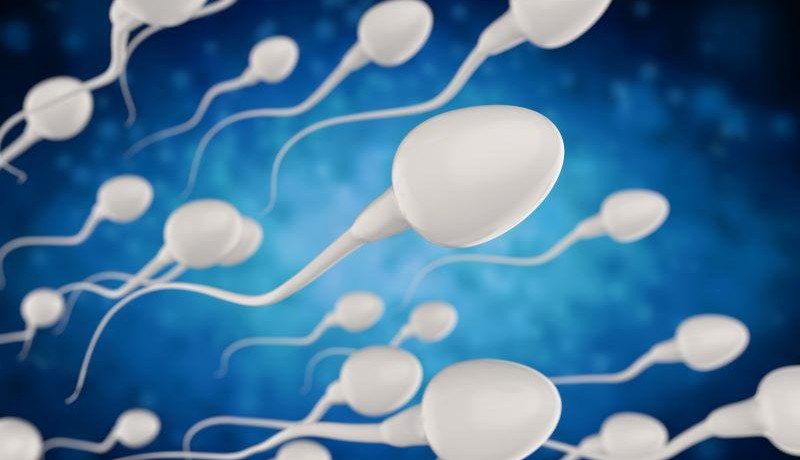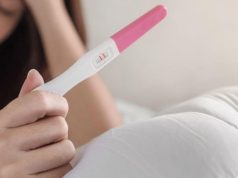In a recent study, 13 clusters of familial multicancer patterns identified in families of azoospermic men
By Elana Gotkine HealthDay Reporter
MONDAY, Feb. 26, 2024 (HealthDay News) — Families of men with subfertility have increased risks for several cancers, according to a study published online Feb. 22 in Human Reproduction.
Joemy M. Ramsay, Ph.D., from the University of Utah in Salt Lake City, and colleagues conducted a retrospective cohort study of 786 subfertile men (with 426 azoospermic families and 360 severe oligozoospermic families) who were identified and matched with 5,674 fertile population controls. For both subfertile and fertile men, family members up to third-degree relatives were included as controls (337,754 relatives).
The researchers observed significant increases in cancer risks in the azoospermia cohort compared with control families for five cancer types: bone and joint cancers, soft tissue cancers, uterine cancers, Hodgkin lymphomas, and thyroid cancer. An increased risk was seen among families with severe oligozoospermia for three cancer types: colon cancer (hazard ratio [HR], 1.16), bone and joint cancer (HR, 2.43), and testis cancer (HR, 2.34); in addition, the risk for esophageal cancer was significantly reduced. In families of azoospermic men, 13 clusters of familial multicancer patterns were identified. Population-level cancer risks were seen in 66 percent of families in the azoospermia cohort; an elevated risk for two to seven cancer types was seen in the remaining 12 clusters.
“By identifying which groups of families have similar cancer risk patterns we can improve our understanding of the biological mechanisms of both cancer and infertility,” Ramsay said in a statement.
Copyright © 2024 HealthDay. All rights reserved.








